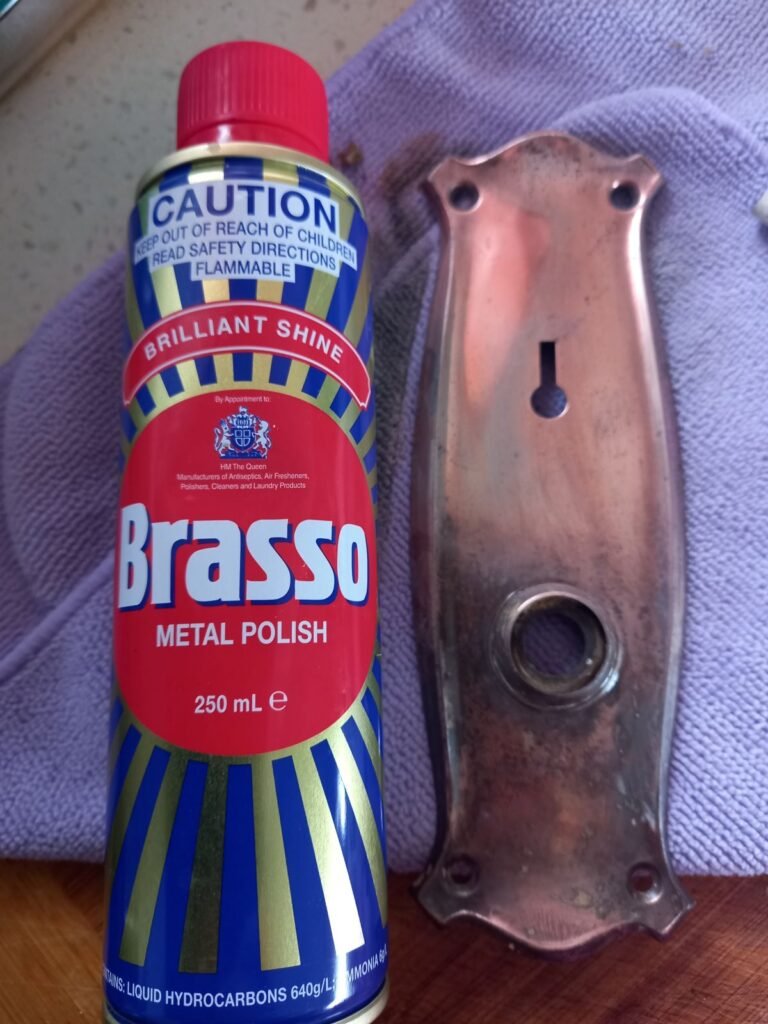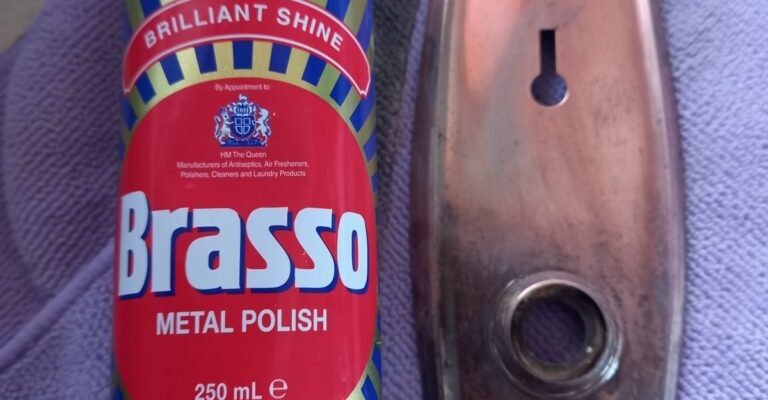
Chipped enamel not only detracts from the appearance of your doors but can also expose the metal underneath to moisture and rust. Whether your knobs are standard brass or a unique painted finish, there are several effective methods to repair them. Let’s dive into the best ways to repair chipped enamel on painted door knobs, so you can get back to enjoying the charming look of your home.
Assessing the Damage
Before jumping into repairs, it’s essential to assess the extent of the damage. Take a close look at the chipped area. How deep is the chip? Is it just a small spot, or has the enamel been significantly scratched? Understanding the level of damage helps you choose the right repair method.
If it’s a minor chip, you might be able to touch it up easily. However, larger chips might require more extensive work, such as sanding and repainting. Here’s how you can evaluate the damage effectively:
- Examine the knob closely in good light to see the full extent of the chip.
- Run your finger over the area; if it feels rough or jagged, take note of that.
- Check surrounding areas for additional wear that might need addressing.
When you understand what you’re working with, your repair journey becomes a lot clearer.
Gathering Your Supplies
Now that you’ve assessed the damage, it’s time to gather your repair supplies. Think of this as collecting your tools for a DIY project. You don’t want to start working only to realize you’re missing something crucial.
Here’s a list of what you will need for a typical chip repair:
- Touch-up paint: Choose a paint that matches your door knob’s color. Hardware stores often carry small bottles specifically for touch-ups.
- Fine-grit sandpaper: This is essential for smoothing out any rough edges around the chip.
- Clear nail polish or epoxy: This can seal the area and add extra protection.
- Small brush or cotton swabs: These will be handy for applying the paint precisely.
- Cleaning supplies: A damp cloth and some mild soap will be useful for cleaning the area before you start.
With everything in hand, you’re ready to move on to the actual repair process.
Cleaning the Door Knob
Cleaning your door knob is a crucial step you shouldn’t overlook. Just like a painter won’t start on a dirty surface, you don’t want to apply any repairs on a dusty knob. Cleaning helps ensure that the paint adheres properly and doesn’t trap dirt underneath.
Here’s how to clean your door knobs effectively:
1. Dampen a cloth with mild soapy water. A gentle cleanser is ideal—no harsh chemicals, please!
2. Wipe down the knob thoroughly. Make sure to get into any crevices around the chipped area.
3. Rinse with a damp cloth. This removes any soap residue, leaving a clean surface.
4. Dry completely. Use a dry cloth to prevent any moisture from affecting the repair.
Once the knob is clean and dry, you’re ready to tackle the chip!
Repairing Small Chips with Touch-Up Paint
For minor chips, touch-up paint is often the best choice. It’s like using concealer for a blemish; it can quickly make the imperfection disappear. Here’s a simple way to do it:
1. Shake the touch-up paint well. This ensures the color is consistent.
2. Use a small brush or cotton swab to apply the paint. Carefully dab it onto the chipped area, filling it in gently without exceeding the edges.
3. Let it dry. Follow the paint manufacturer’s instructions, but generally, a couple of hours should do.
4. Apply a second coat if needed. Sometimes, one coat isn’t enough, especially for larger chips.
This method is relatively straightforward and can often restore the appearance of your knob quite nicely.
Repairing Larger Chips
If you’re dealing with a larger chip, you may need more than just touch-up paint. Here’s how you can manage this repair:
1. Sand the chipped area lightly. Use fine-grit sandpaper to smooth the edges and create a more even surface for painting.
2. Clean the area again. Make sure to remove any dust created during sanding.
3. Fill the chip with epoxy or a filler. If the chip is deep, you might need a filling compound. Apply it according to the product instructions.
4. Once it’s dry, sand it down again. This will help blend the repair into the knob’s surface.
5. Finally, follow the touch-up paint instructions. After sanding, apply your touch-up paint, letting it dry completely.
Repairing larger chips can take a bit more time, but the results are worth it. You’ll be amazed at how well you can restore the knob’s look.
Final Touches: Adding Protection
Once your repair job is complete, it’s a good idea to add an extra layer of protection. This step is like putting on a good coat of wax after washing your car—it helps protect your hard work from future damage.
You can use clear nail polish or epoxy for this:
1. Carefully apply a thin layer over the repaired area. This will seal the paint and help prevent future chips.
2. Let it dry completely. Follow the same drying guide as for the paint.
3. Buff the area gently. Once dry, a soft cloth can help shine up the surface.
This protective layer can give you peace of mind, especially if your door knobs see a lot of use.
Maintaining Your Painted Door Knobs
After you’ve made your repairs, maintaining your painted door knobs will help prolong their life. Here are some tips to keep them looking great:
- Regular cleaning: Wipe them down every month or so to prevent dirt buildup.
- Avoid harsh chemicals: Stick to mild soap and water to avoid breaking down the finish.
- Check for signs of damage: If you notice small chips, address them quickly to prevent larger repairs later.
Taking a little time to care for your door knobs can keep them looking fresh and new for years.
In conclusion, repairing chipped enamel on painted door knobs is not just about aesthetics; it’s also about preserving their function and longevity. By assessing the damage, gathering the right supplies, and following the methods outlined here, you can turn those chipped knobs into a feature that adds charm to your home. With a bit of patience and care, you can make your door knobs look brand new and keep them that way for a long time. Happy repairing!
